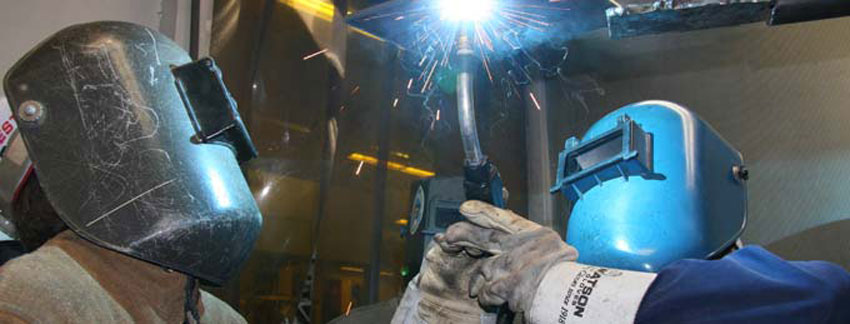We take a bottom-line approach to each project. Our clients consistently see increased traffic, enhanced brand loyalty and new leads thanks to our work.

It is almost obvious to highlight the importance of using experienced personnel for successful welding. Therefore, the related qualification has the aim to ascertain that the employed labour has the indispensable operating skills.
Unlike what is required for the welding procedures, the criteria of the essential variables definition and the related qualification ranges are based on operational considerations. In the case of welders, passing the test under certain conditions allows to weld in simpler operating conditions using the same welding process; in the case of the welding operators, the decisive factor is the equipment control panel which is used to enter the parameters.
For each base material, therefore, the main welding processes and a set of essential variables are taken into account, such as the electrode covering, the shielding gas, the flux type, the filler metal type, the thickness, the diameter and the welding position.
There is not a single type of standardized sample, unless the minimum length and width of tubes or plates: test piece thicknesses and diameters, in particular, must be chosen with reference to the production requirements for which the certification process is performed.
Metalprove S.r.l. is able to provide an effective support for the identification of the most appropriate qualifications to the company’s production reality, avoiding successive issuing of further qualifications, with consequent saving in time and cost. Through the final certification by famous accredited third party, it is possible to issue welder qualifications of many processes, including covered electrodes (basic, acid, rutile, cellulosic, etc.) arc welding, wire electrode (solid, flux cored, metal cored, etc.) arc welding with inert (MIG) or active gas (MAG) or without shielding gas, gas tungsten arc welding (TIG), oxyacetylene welding, according to: